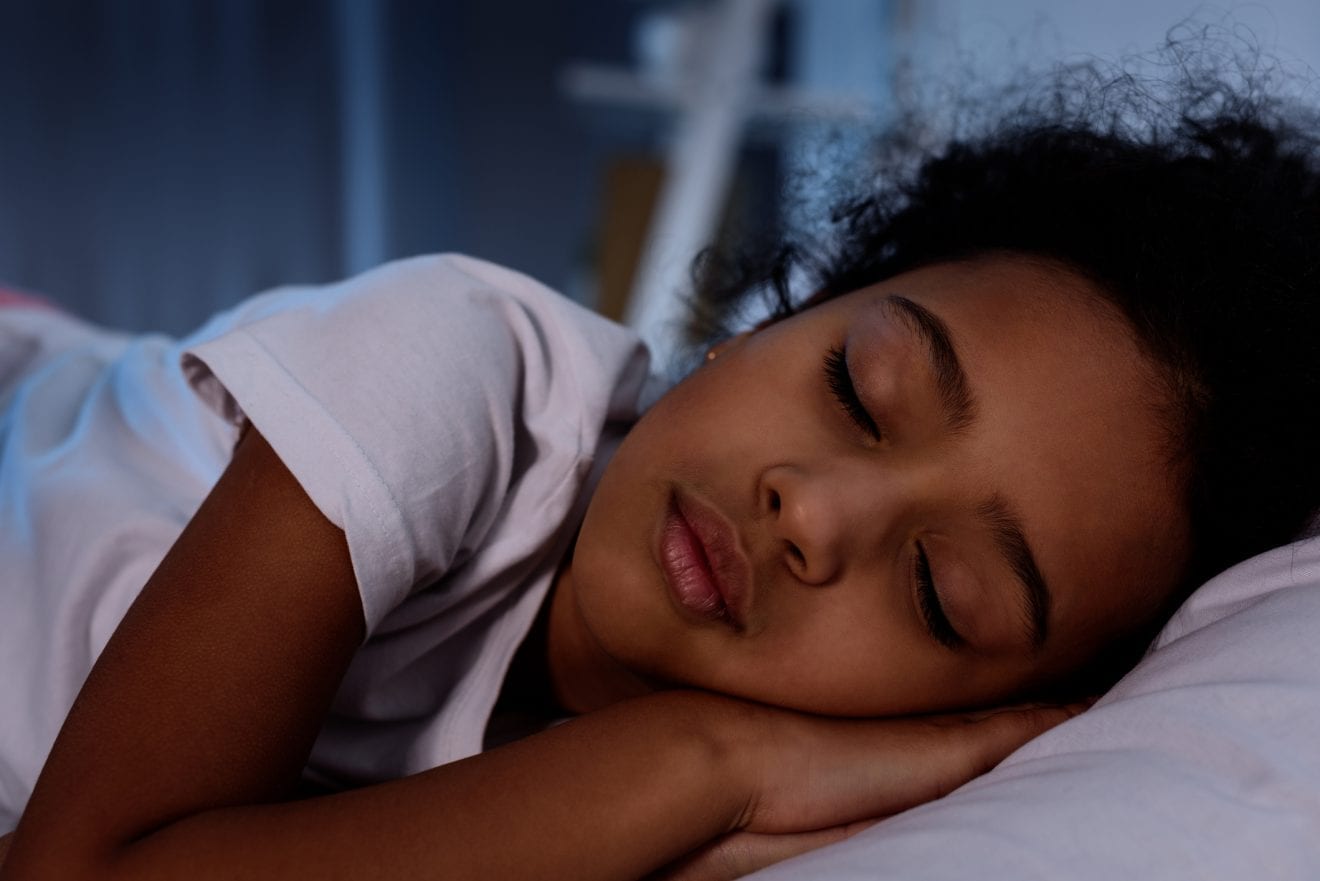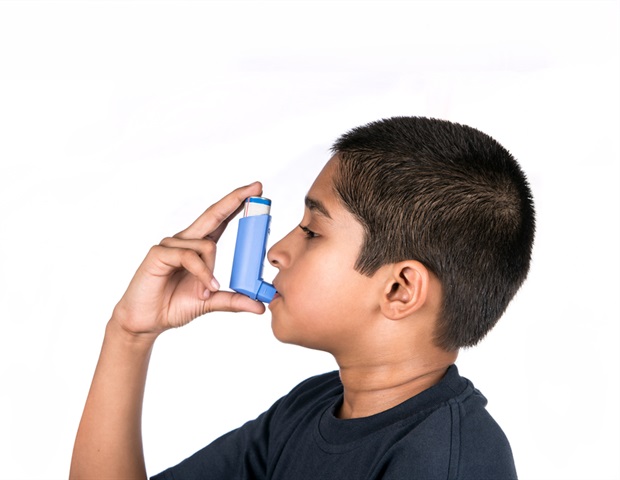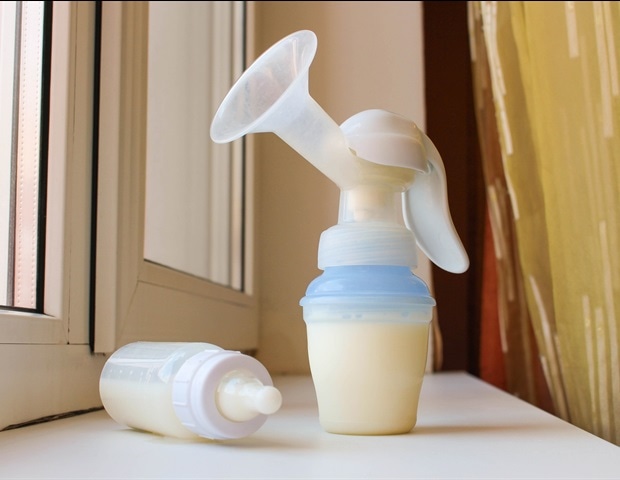Do you want to teach your kids how to knit? Knitting develops fine motor skills and attention span. All you need are colorful yarns, big knitting needles, time, and patience — plus a few tips and a fun rhyme which I’ll share below.
Teaching kids to knit isn’t just a fun activity (which it is), but it’s also calming, most likely benefits children in school with math and literacy, and can lead to wonderful service projects. Also, because you’re using the right and the left hand, knitting engages both sides of the brain — that’s a good thing. Children in Waldorf schools even learn knitting before math as fine motor skills, patterns, and following directions lay a foundation for math skills.
In fact, kids in the Waldorf schools learn to knit around age 6, when my oldest daughter learned. My younger daughter learned at age 7. Whenever your children want to learn how to knit and are around this age, you’ll be amazed as they develop fine motor skills and beautiful yarn arts.

I also recommend that you knit alongside with your kids. Kids need to see us being creative, too. They need to see the process of creation — how long it takes us to knit things and that we persevere, rip out stitches, pick up dropped stitches, and so forth.
What Can Kids Knit?
The best thing for a beginner knitter, whether a child or an adult, is to learn how to knit squares or rectangles. So what kind of things are those? Wash clothes. Scarves. Bags (felted). That sort of thing. You can even find hat patterns that combine two rectangles. Hooray for the easy four-sided creations!
Teach Kids How to Knit
Materials

The easiest way to get started is with a kit. Creativity for Kids offers a Learn to Knit kit with everything you need to make a scarf. Your kids will love the colorful yarns and knitting needles.
But you don’t need to buy a kit. You can also get your own yarn and needles. I personally like bamboo needles because they’re not as slippery as plastic needles. But the plastic options are very colorful, which kids love.

That being said, I recommend buying large-size knitting needles like these that are size 14.

Buy inexpensive chunky yarn. (Thick yarn is easier for beginners and more forgiving when you make mistakes!) Since yarn can cost a pretty penny, don’t waste your money on expensive yarn when you’re a beginner. It’s 100% fine to start with inexpensive beginner yarn!
Knit squares and rectangles to get started.
1. Cast On
Ready to teach your kids how to knit?
For casting on, I prefer not to show kids at first. I wait until they have the hang of the knit stitch.
That means you’ll want to cast on for them. If you don’t know how, this video will help.
I like the intro to knitting videos from GoodKnitKisses. Here Kristen shows how to cast on:
If you’re a leftie, watch this instructional video for casting on and the knit stitch:
For a scarf, you’ll want to cast on about 20 – 30 stitches. These cast on stitches will be your left knitting needle.
2. Knit Stitch for Beginners
Once you’ve cast on, meaning there is a baseline of stitches on your left needle, you can teach kids the knit stitch.
Show kids that the right hand holds the right needle without any yarn on it. The left-hand holds the left needle with all the cast-on stitches on it.
Teach kids this fun knitting rhyme for the knit stitch.
In through the front door.
Around the back.
Out through the window.
And off jumps Jack!
Let’s walk through the knit stitch and the rhyme step-by-step.
In through the front door. The right-hand needle goes into the first stitch on the left needle and behind the left needle to make an X. (This is all if you’re knitting right-handed.)

Around the back. Then, you will wrap the yarn (the long thread) around the back of the left needle.

Out through the window. Pull the right needle under the left.

And off jumps Jack! Pop the stitch off the right needle and onto the left needle. One stitch will be on the left needle now!

You’ll continue knitting by repeating these moves for the knit stitch until all the stitches are knit onto the right needle.

My mother-in-law, Linda Taylor, who is an expert knitter and owned a fiber arts store for many years, uses another simple rhyme for the knit stitch. Here it is. It’s super cute, and it works.
Under the fence.
Catch a sheep.
Back we come.
Off we leap!
Watch how a knit stitch looks in real-time:
You’ll want to share with children that most knitters’ first knitting stitches look uneven. That’s to be expected. Tell your kids they can rip it out and start again or just keep practicing. Remind them that “practice makes progress” and they will get better with practice.
Knitting alongside your kids gives you time to chat and be together. It also helps kids feel comfortable just sitting to knit — and not feel like they’re supposed to be doing something else, which they might if you’re off doing something else.
When the row of knit stitches are ALL on the left needle, switch the needles in your hands and start over. with the empty needle in your right hand.
Casting Off
Like casting on, I recommend that you teach this but also that you do this for your kids for a while until they get the hang of the knit stitch.
The reason for this is that beginners don’t need too much information, or they’ll get confused. Like anything we teach, we need to scafold the information and not teach everything all at once. So, start teaching kids how to knit with the knit stitch and then add on.
Let kids learn one thing and get good at it. Then, add something else, practice, and get good at it. And so forth. This includes teaching the purl stitch, how to fix a dropped stitch, how to cast on, and casting off.
Knitting Projects for Kids
JJ’s first projects have been knitting blankets for her dolls right. How lucky and warm are her dolls!

These how to knit books for beginning kid knitters are all excellent starting guides. See if you think these books would inspire more projects.

My First Knitting Book: Learn to Knit Kids by Alison McNicol

Kids Knitting Workshop by Susan B. Anderson

Kids Knitting: Projects for All Age by Melani Falick

Kids Knit!: Simple Steps to Nifty Projects by Kerry Kiber

Stitch Camp by Nicole Blum and Catherine Newman
You also can search on Google to find easy and free patterns for a hat and scarf because they both are good easy projects for kids. (I especially love when you can add tassels!)
Don’t miss these fun sewing ideas for children!
Read Picture Books About Knitting!
You’ll love these picture books about knitting. Which one will you read first?

Extra Yarn by Mac Barnett
Woolbur by Leslie Helakoski
A Hat for Mrs. Goldman by Michelle Edwards
The Three Spinning Fairies by Brothers Grimm
Martha Moth Makes Socks by Cambria Evans
Phoebe’s Sweater by Joanna Johnson
Knitting Pirate by Diane Murray
The Truly Terrible Horrible Sweater…That Grandma Knit by Debbie Macomber and Mary Lou Carney
Knitting Nell by Julie Jersild Roth
Stanley the Amazing Knitting Cat by Emily MacKenzie
Knit Together by Angela Dominguez


KEEP READING

Easy Origami for Kids

Pet Rock Writing and Craft Activity

Why You Should Encourage Kids to Start a Writing Journal (& How)

Make Your Own I Spy Book

Children’s Books About Mindfulness

 PARENTING TIPS
PARENTING TIPS







 PREGNANCY
PREGNANCY








 BABY CARE
BABY CARE








 TODDLERS
TODDLERS








 TEENS
TEENS








 HEALTH CARE
HEALTH CARE







 ACTIVITIES & CRAFTS
ACTIVITIES & CRAFTS








 CONTACT
CONTACT ABOUT
ABOUT



